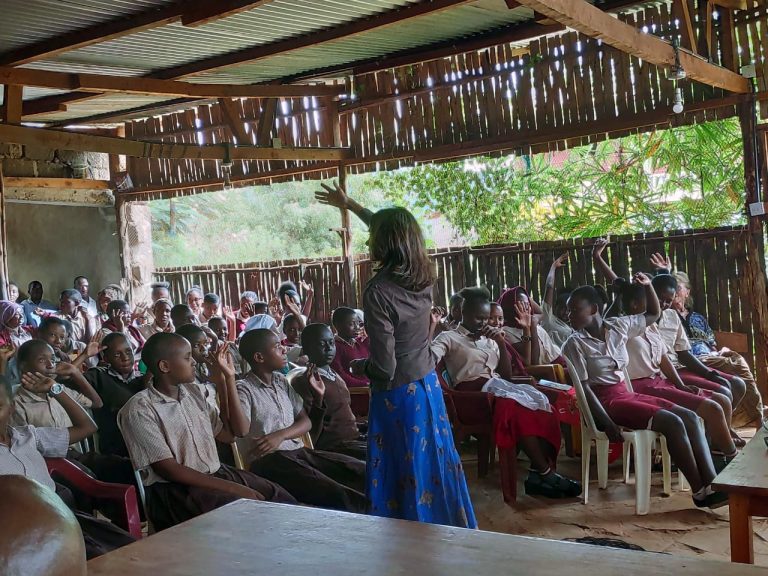Unleashing the power of water and sanitation to transform Arid and Semi-Arid Areas
In regions characterized by arid and semi-arid climates, communities face numerous challenges due to the scarcity of water resources. The lack of access to clean water and adequate sanitation facilities not only affects their health but also hampers their education and overall well-being.
However, through the ASAL (Arid and Semi-Arid Lands) Programme, funded by DFID and implemented by Maji na Ufanisi, sustainable water and sanitation initiatives are bringing about a remarkable transformation.
In this case study, we will explore the impact of the ASAL Programme, highlighting the collaboration with trustworthy NGOs, the successful implementation of initiatives, and the positive changes experienced by the communities in Arid and Semi-Arid Lands.
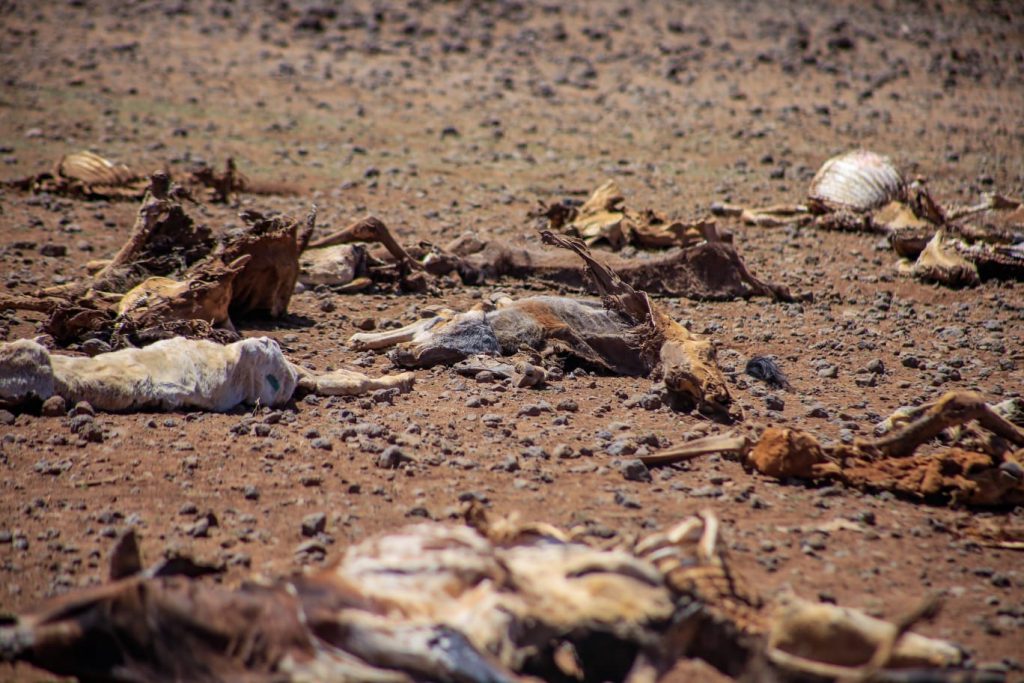
Understanding the Arid and Semi-Arid Lands
What are Arid and Semi-Arid Areas?
Arid and semi-arid lands are geographical regions characterized by low rainfall and high evaporation rates, resulting in limited water availability for the communities residing in these areas.
These regions typically receive less than 500 millimeters (20 inches) of rainfall annually, making water scarcity a significant challenge.
In arid and semi-arid lands, the climate is characterized by long periods of drought and high temperatures. Vegetation cover is sparse, and the soil is often dry and prone to erosion. These conditions make it difficult for traditional agriculture to thrive, limiting food production and livelihood opportunities for the communities living in these regions.
Furthermore, the aridity poses significant challenges for livestock rearing, as grazing areas become scarce and water sources become limited. Access to reliable and clean water is crucial for the survival of both humans and animals in these areas.
Water and Sanitation Crisis in Arid and Semi-Arid Lands
The scarcity of clean water sources and inadequate sanitation facilities in arid and semi-arid lands give rise to a significant water and sanitation crisis.
The limited availability of safe drinking water and poor sanitation practices contribute to a range of health issues and compromises the overall quality of life for the communities living in these regions.
Without access to safe drinking water, communities are forced to rely on contaminated sources, such as stagnant ponds or shallow wells, which increases the risk of waterborne diseases.
Water scarcity also impacts personal hygiene practices, making it challenging for individuals to maintain proper sanitation standards, resulting in the spread of diseases and further health complications.
The lack of adequate sanitation facilities, including toilets and proper waste management systems, further exacerbates the crisis. Open defecation and improper disposal of waste contribute to environmental pollution and the transmission of diseases.
The combination of water scarcity and poor sanitation practices leads to high rates of waterborne illnesses, malnutrition, and compromised health among the communities in arid and semi-arid lands. Addressing these challenges is crucial to improving the well-being and livelihoods of the affected populations.
Characteristics of Arid and Semi-Arid Areas
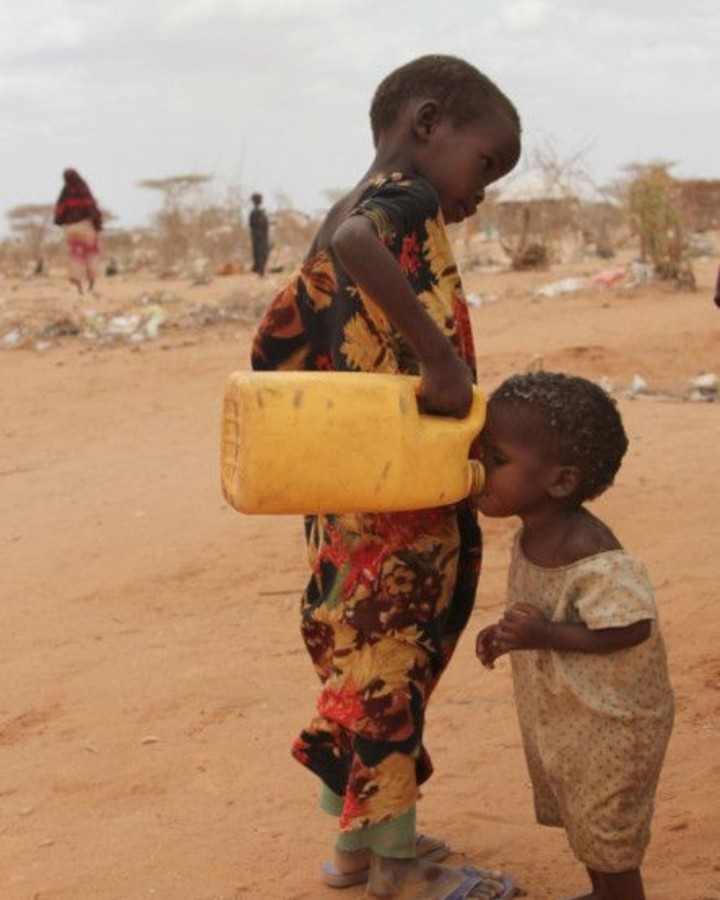
In arid and semi-arid lands, the climate is characterized by long periods of drought and high temperatures. Vegetation cover is sparse, and the soil is often dry and prone to erosion. These conditions make it difficult for traditional agriculture to thrive, limiting food production and livelihood opportunities for the communities living in these regions.
Furthermore, the aridity poses significant challenges for livestock rearing, as grazing areas become scarce and water sources become limited.
Access to reliable and clean water is crucial for the survival of both humans and animals in these areas.
Water and Sanitation Crisis in Arid and Semi-Arid Lands
The scarcity of clean water sources and inadequate sanitation facilities in arid and semi-arid lands give rise to a significant water and sanitation crisis.
The limited availability of safe drinking water and poor sanitation practices contribute to a range of health issues and compromises the overall quality of life for the communities living in these regions.
Without access to safe drinking water, communities are forced to rely on contaminated sources, such as stagnant ponds or shallow wells, which increases the risk of waterborne diseases.
Water scarcity also impacts personal hygiene practices, making it challenging for individuals to maintain proper sanitation standards, resulting in the spread of diseases and further health complications.
The lack of adequate sanitation facilities, including toilets and proper waste management systems, further exacerbates the crisis. Open defecation and improper disposal of waste contribute to environmental pollution and the transmission of diseases.
The combination of water scarcity and poor sanitation practices leads to high rates of waterborne illnesses, malnutrition, and compromised health among the communities in arid and semi-arid lands.
Addressing these challenges is crucial to improving the well-being and livelihoods of the affected populations.
The ASAL Programme: Empowering Communities
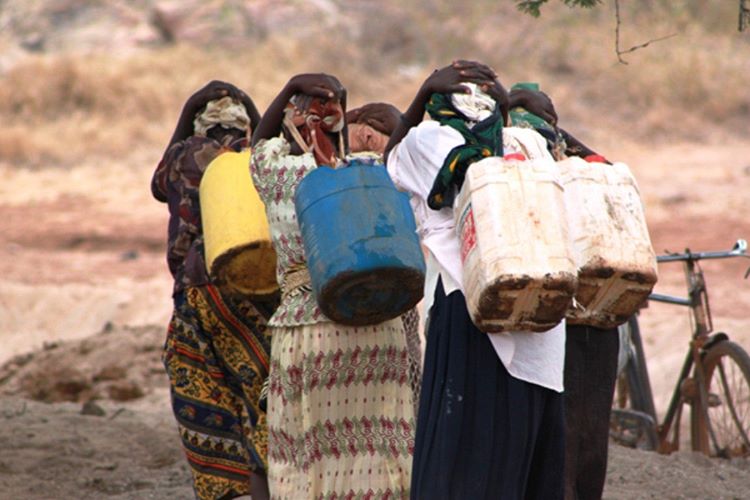
The ASAL Programme, funded by the Department for International Development (DFID) and implemented by Maji na Ufanisi, is a comprehensive initiative designed to address the water and sanitation crisis in arid and semi-arid lands.
The programme aims to implement sustainable solutions that provide communities with access to clean water and improved sanitation facilities.
Implementing Appropriate Technologies
One of the key focuses of the ASAL Programme is the implementation of appropriate technologies that suit the unique challenges of arid and semi-arid lands.
These technologies are designed to maximize water conservation and efficiency while ensuring the long-term sustainability of water sources.
Examples of such technologies include the construction of underground tanks, gravity water schemes, sand dams, and masonry dams.
These structures help capture and store rainwater, providing a reliable source of water during periods of drought. Additionally, the programme promotes water conservation practices such as rainwater harvesting and efficient irrigation techniques.
Empowering Communities
The ASAL Programme recognizes the importance of community participation and ownership in achieving sustainable water and sanitation solutions.
Through capacity-building initiatives, the programme empowers communities to take an active role in managing and maintaining water and sanitation systems.
Communities are provided with training on water management, hygiene practices, and the operation and maintenance of water and sanitation infrastructure.
This empowerment enables communities to develop the necessary skills and knowledge to sustainably manage their resources, ensuring the long-term success of the implemented projects.
By actively involving communities in decision-making processes and promoting participatory approaches, the ASAL Programme fosters a sense of ownership and responsibility among the community
Open defecation and improper disposal of waste contribute to environmental pollution and the transmission of diseases.
The combination of water scarcity and poor sanitation practices leads to high rates of waterborne illnesses, malnutrition, and compromised health among the communities in arid and semi-arid lands.
Addressing these challenges is crucial to improving the well-being and livelihoods of the affected populations.
Maji na Ufanisi: Implementing the ASAL Programme
With a deep understanding of the challenges faced in arid and semi-arid regions, Maji na Ufanisi has developed a comprehensive approach to addressing the water and sanitation crisis.
Demonstrating Transparency and Effective Financial Management
Maji na Ufanisi places a strong emphasis on transparency and effective financial management. They understand the importance of donor trust and ensure that funds are utilized efficiently and effectively.
By implementing clear financial management systems and practices, they maintain transparency in their financial operations. Donors can have confidence that their contributions are making a tangible impact in the communities they serve.
Efficient Project Management for Lasting Impact
Effective project management is a hallmark of Maji na Ufanisi’s work. They understand the importance of proper planning, resource allocation, and implementation to ensure the success of their initiatives.
By utilizing experienced project managers and employing best practices in project management, Maji na Ufanisi ensures that projects are completed within specified timelines and resources are utilized optimally.
Tailored Approaches and Collaborative Engagement
Maji na Ufanisi recognizes that each arid and semi-arid region has its own unique challenges and needs. To address this, they work closely with local communities, stakeholders, and experts to tailor their approaches and initiatives.
This collaborative engagement ensures that the projects implemented are relevant, sustainable, and have a lasting impact on the communities they serve.
By involving the communities in the decision-making process, Maji na Ufanisi fosters a sense of ownership and empowerment among the local residents.
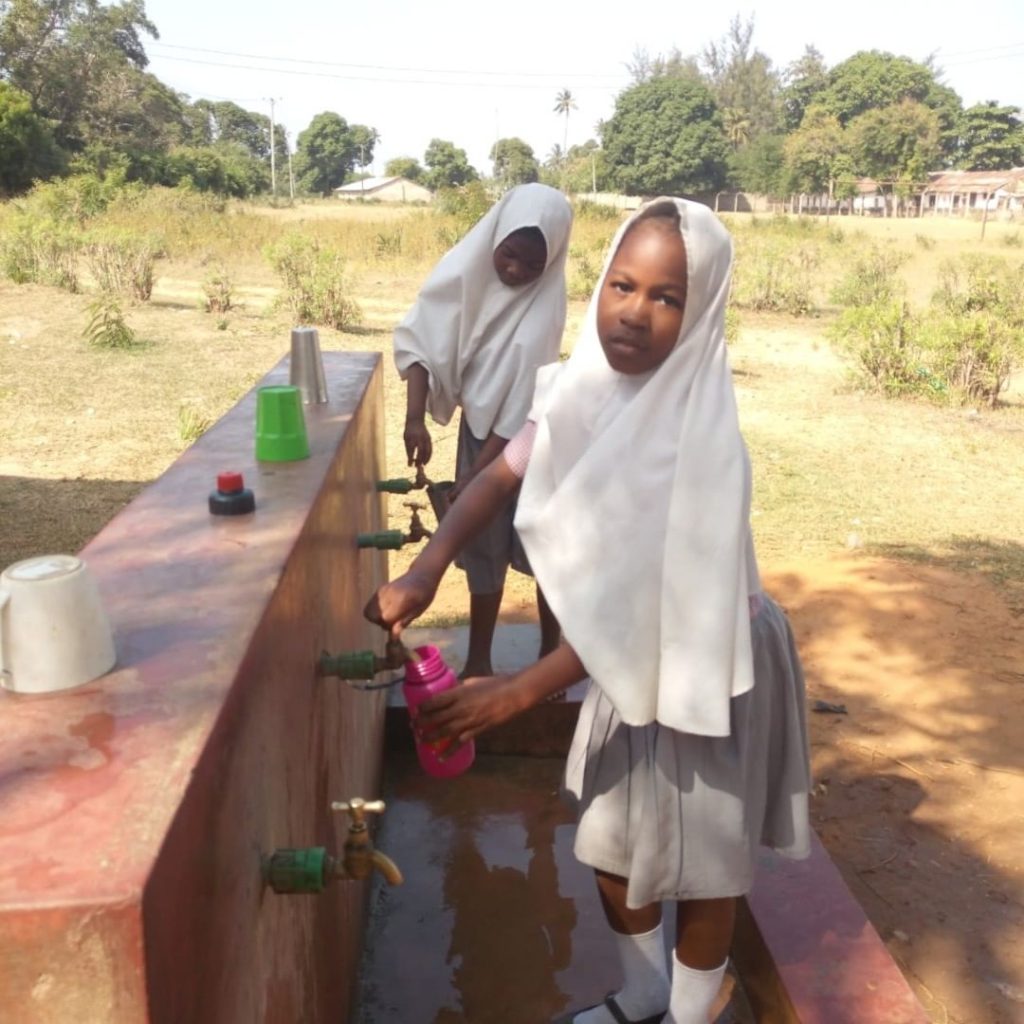
A Partnership for Sustainable Impact
The ASAL Programme’s success is made possible through the partnership between trustworthy NGOs like Maji na Ufanisi and resilient communities in Arid and Semi-Arid Areas.
Together, they form a powerful force for change. By combining the expertise and experience of Maji na Ufanisi with the determination and resilience of the communities, sustainable impact is achievable.
This partnership strengthens the collective efforts to overcome the water and sanitation crisis, making a tangible difference in the lives of those living in arid and semi-arid regions.
Your Support Matters
As an individual, you can make a significant difference by supporting organizations like Maji na Ufanisi. Your contributions, whether through donations, fundraising efforts, or volunteering, directly contribute to the implementation of sustainable water and sanitation initiatives in arid and semi-arid regions.
By supporting Maji na Ufanisi, you are playing a vital role in bringing hope and improved living conditions to those in need.
Together, we can create a brighter future, where access to clean water and improved sanitation becomes a reality for all. Join the movement for sustainable impact and be a part of the change.
Remember, your support matters, and together, we can make a significant difference and bring hope to those in need.
Case Study: Sustainable Water and Sanitation Initiatives
1. Enhancing Water Access in Marsabit
The community in Marsabit, located in an arid environment, faces significant water challenges. The ASAL Programme recognized the urgency of addressing water scarcity in the region and implemented appropriate technologies to enhance water access.
Underground tanks and gravity water schemes were strategically constructed to capture and store rainwater, providing a reliable source of water for the community.
As a result, the community experienced a substantial improvement in water availability, reducing the impact of water scarcity on their daily lives.
2. Promoting Hygiene and Sanitation in Ijara
The Ijara community had limited access to proper hygiene and sanitation facilities, posing risks to their health and well-being. Through the ASAL Programme, a comprehensive approach was taken to address this issue.
Training programs were implemented to raise awareness about the importance of hygiene practices, including handwashing and safe sanitation practices.
Infrastructure development, such as the construction of improved sanitation facilities, was also undertaken to provide the community with the necessary resources for maintaining proper hygiene. These initiatives played a vital role in promoting behavioral change and improving the overall hygiene standards in the Ijara community.
3. Empowering Communities in Taita Taveta
Taita Taveta faced challenges of water scarcity and inadequate management of water resources. The ASAL Programme recognized the need to empower the community to take charge of managing their water systems effectively.
To achieve this, the programme focused on strengthening community awareness and capacity building. Training sessions were conducted to educate community members on water management practices, sustainable water use, and maintenance of water infrastructure.
By empowering the community with the necessary knowledge and skills, they became active participants in ensuring the sustainable management of their water resources.
4. Water and Sanitation Solutions in West Pokot
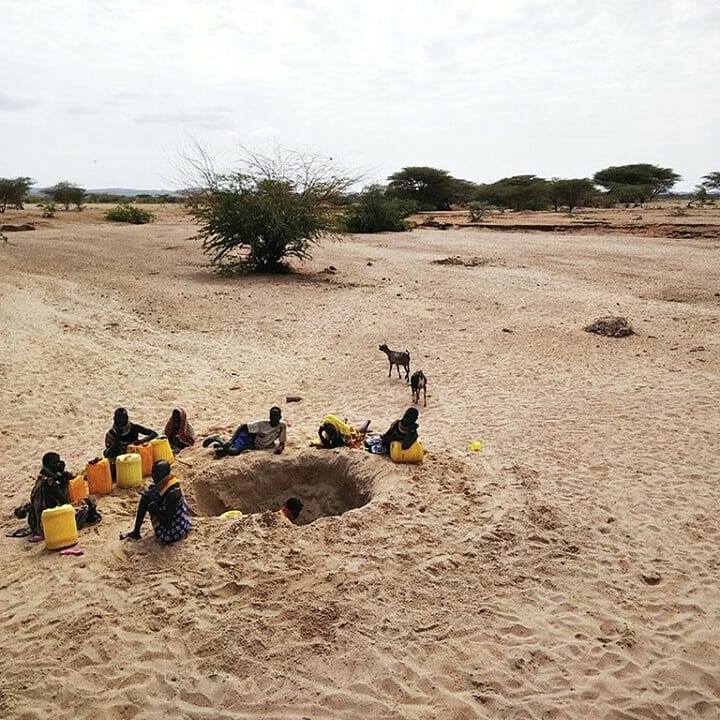
The community in West Pokot faced unique challenges related to water scarcity and conservation. The ASAL Programme implemented innovative solutions to address these issues. Sand dams and masonry dams were constructed to capture and store rainwater in the region.
These structures not only improved water availability for both the community and their livestock but also contributed to groundwater recharge and the conservation of water resources. The implementation of these water and sanitation solutions in West Pokot has had a transformative impact on the community, enhancing their resilience in the face of water scarcity.
Through these case studies, we can witness the tangible impact of sustainable water and sanitation initiatives in Arid and Semi-Arid Areas.
The ASAL Programme, in collaboration with local communities, has successfully improved water access, promoted hygiene and sanitation practices, empowered communities, and implemented innovative solutions to overcome the challenges posed by water scarcity and arid environments.
By investing in sustainable water and sanitation projects, we can create lasting change and improve the lives of those living in arid and semi-arid regions.
Together, with the support of organizations like Maji na Ufanisi, we can continue to make a positive impact and bring hope to communities in need.
Impact and Transformation
1. Improving Health and Wellbeing
The impact of the Arid and Semi Arid Areas Programme on health outcomes in Arid and Semi-Arid Lands cannot be overstated.
By improving access to clean water and promoting proper sanitation practices, the programme has made significant strides in reducing the prevalence of waterborne diseases.
The provision of reliable and safe water sources has led to improved health and overall wellbeing for the communities.
Access to clean water is essential for maintaining good health. With the implementation of appropriate technologies and infrastructure, such as underground tanks, gravity water schemes, and improved sanitation facilities, communities now have access to safe drinking water and hygienic sanitation options.
This has resulted in a decrease in water-related illnesses, including diarrheal diseases, which are a major cause of morbidity and mortality in arid regions.
Moreover, improved water and sanitation facilities contribute to the prevention and control of other waterborne diseases, such as cholera, typhoid, and dysentery. Communities are now better protected against these diseases, leading to a healthier population and an improved quality of life.
The reduction in illness allows community members, especially children, to focus on education, livelihoods, and other developmental activities.
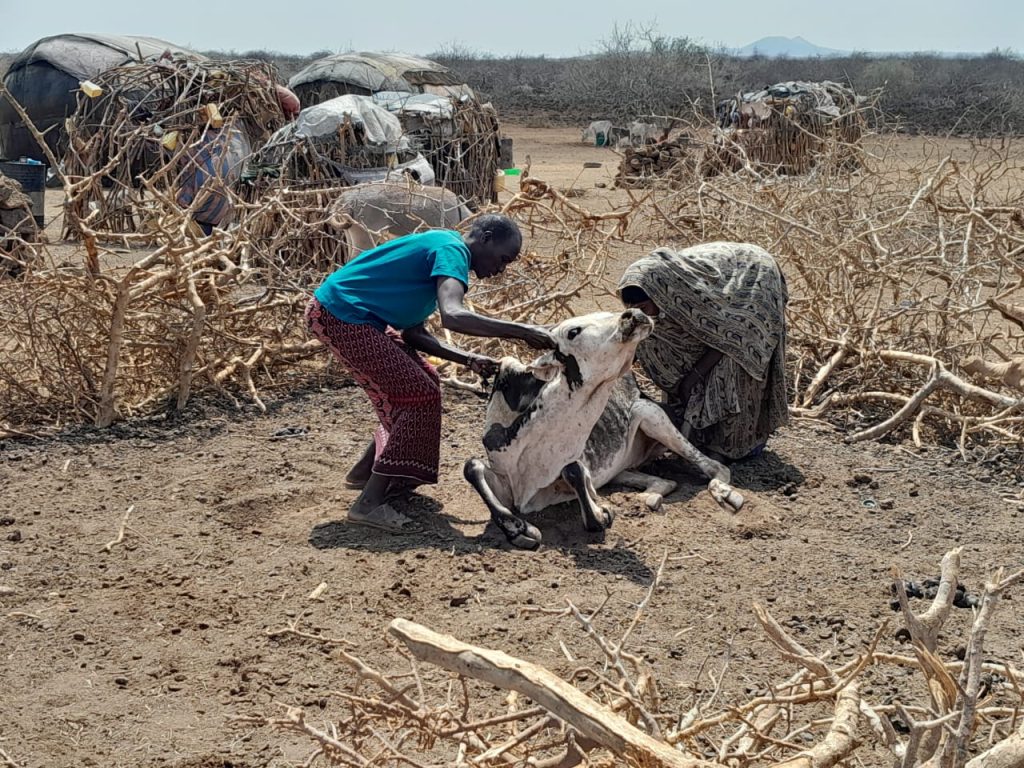
2. Empowering Communities and Building Resilience
Sustainable water and sanitation initiatives are not just about infrastructure development; they are also about empowering communities and building their resilience.
The ASAL Programme recognizes the importance of community engagement and participation in ensuring the long-term success and sustainability of water and sanitation projects.
By involving community members in the decision-making processes, the programme has empowered them to take ownership of their water resources and become active participants in managing and maintaining their water and sanitation systems.
This community-led approach enhances the sense of responsibility and strengthens the resilience of communities in the face of climate change and water scarcity.
Communities are now equipped with the knowledge and skills necessary to manage their water resources effectively. Through training programs and capacity-building initiatives, community members gain valuable insights into sustainable water use, conservation practices, and maintenance of infrastructure.
This knowledge empowers them to make informed decisions about water management, ensuring the long-term viability of their water sources.
Furthermore, community engagement fosters a sense of ownership and pride among community members. They become advocates for improved water and sanitation practices within their communities, encouraging behavioral change and influencing others to adopt healthier habits.
This ripple effect of community empowerment creates a sustainable impact that extends beyond the initial interventions of the ASAL Programme.
Through the combined efforts of the ASAL Programme, Maji na Ufanisi and the resilient communities in Arid and Semi-Arid Areas, transformative change is taking place. Improved health, empowered communities, and enhanced resilience are the foundations for a brighter future in these regions.
By investing in sustainable water and sanitation initiatives, we can bring about lasting transformation and create a world where access to clean water and sanitation is a basic human right for all.
Together, we can continue to make a positive impact and ensure the wellbeing and prosperity of communities in Arid and Semi-Arid Lands.
The ASAL Programme, implemented by Maji na Ufanisi, has achieved remarkable success in transforming Arid and Semi-Arid Lands through sustainable water and sanitation initiatives.
The ASAL Programme has demonstrated the transformative power of sustainable water and sanitation initiatives in Arid and Semi-Arid Areas.Through collaborations with trustworthy NGOs, and a commitment to empowering communities, we can continue to drive positive change and ensure access to clean water and improved sanitation for all.
Together, we can transform the lives of communities in Arid and Semi-Arid Lands, bringing hope and a brighter future for generations to come.

Frequently Asked Questions (FAQs)
1. What are arid and semi-arid lands?
Arid and semi-arid lands are regions characterized by low rainfall and high evaporation rates, resulting in limited water availability for communities residing in these areas.
These regions often face challenges related to water scarcity, making access to clean water a critical issue.
2: Why are arid and semi-arid lands particularly vulnerable to water and sanitation challenges?
Arid and semi-arid lands experience limited rainfall and high evaporation rates, which significantly impact water availability.
The scarcity of water sources poses challenges for communities in accessing safe drinking water and establishing proper sanitation facilities, leading to water and sanitation challenges in these regions.
3: How does the ASAL Programme address water and sanitation issues in arid and semi-arid lands?
The ASAL Programme focuses on implementing sustainable water and sanitation initiatives in arid and semi-arid lands.
It employs appropriate technologies, community engagement, and capacity-building initiatives to enhance water access, promote hygiene practices, and empower communities to manage their water resources effectively.
4: What impact does the ASAL Programme have on health outcomes in arid and semi-arid lands?
The ASAL Programme has a significant impact on health outcomes by improving access to clean water and promoting proper sanitation practices.
With reduced waterborne diseases and improved overall hygiene, the program positively contributes to the health and wellbeing of communities in arid and semi-arid lands.
5: How does the ASAL Programme empower communities in managing water resources?
The ASAL Programme empowers communities by involving them in decision-making processes, providing training programs, and building their capacity in water management.
By equipping community members with the knowledge and skills to manage their water resources effectively, the program enhances community ownership and long-term sustainability.
6: What are some of the appropriate technologies used in the ASAL Programme?
The ASAL Programme utilizes various appropriate technologies, such as underground tanks, gravity water schemes, ferro-cement tanks, sand dams, and masonry dams.
These technologies are designed to capture, store, and distribute water efficiently, addressing the specific water challenges faced in arid and semi-arid lands.
7: How does the ASAL Programme contribute to building resilience in arid and semi-arid lands?
By empowering communities, promoting sustainable water practices, and improving access to water and sanitation, the ASAL Programme builds resilience in arid and semi-arid lands.
Communities become better equipped to cope with climate change, water scarcity, and other challenges, ensuring their long-term sustainability and adaptability.
8: Are there success stories from the ASAL Programme that highlight its impact?
Yes, there are numerous success stories from the ASAL Programme that showcase its impact.
These stories include improved health outcomes, increased water access, empowered communities, and sustainable management of water resources. These successes demonstrate the transformative change brought about by the program in arid and semi-arid lands.
9: How can I contribute to sustainable water and sanitation initiatives in arid and semi-arid lands?
You can contribute by supporting organizations like Maji na Ufanisi, which implement sustainable water and sanitation projects in these regions.
Donations, fundraising efforts, and volunteering opportunities can all make a difference in improving water access, promoting hygiene practices, and empowering communities in arid and semi-arid lands.
10: What are the long-term goals of the ASAL Programme?
The long-term goals of the ASAL Programme are to ensure sustainable access to clean water, promote proper sanitation practices, empower communities to manage their water resources,


